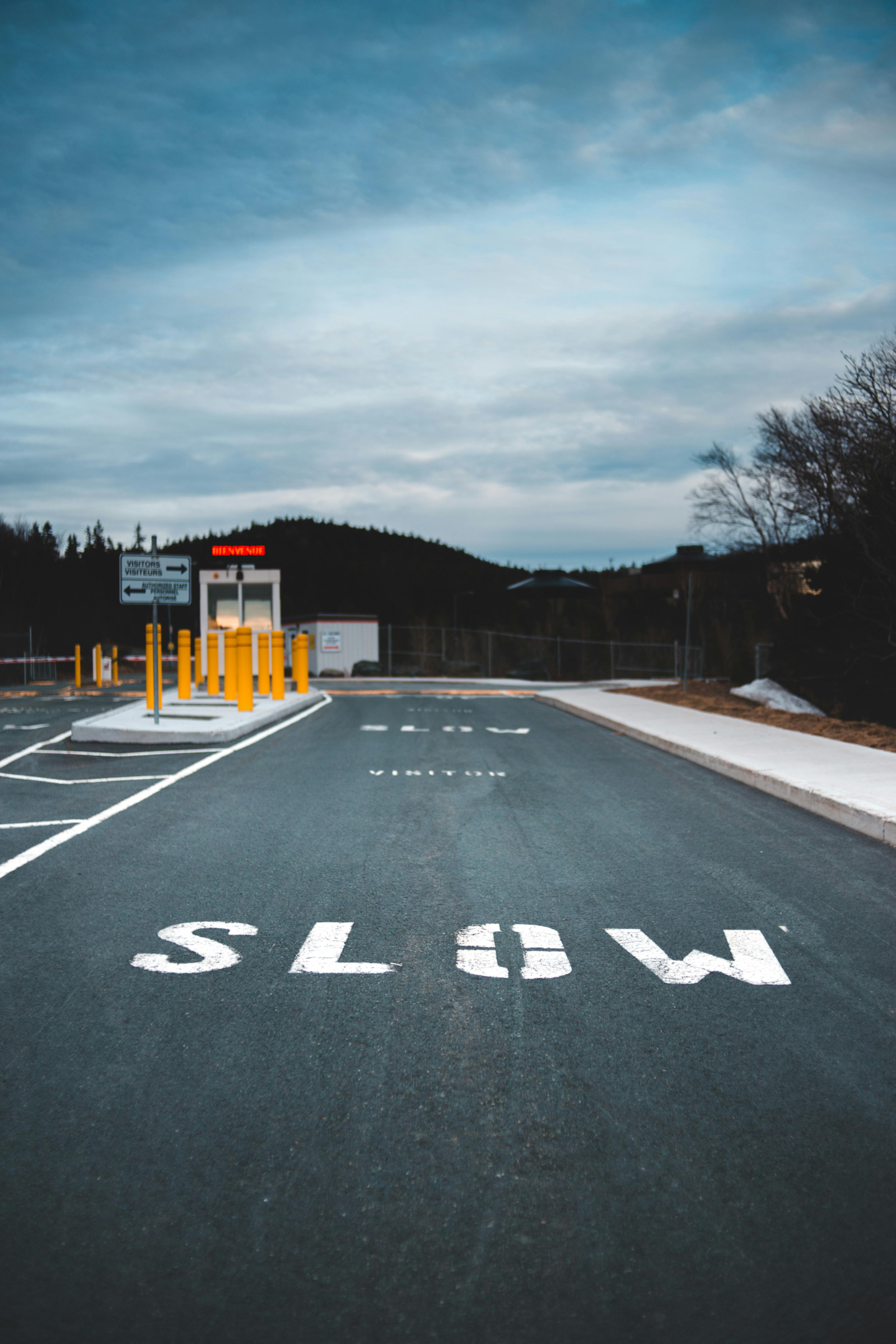- 6001 Elvas Ave, Sacramento
- Mon-Fri 7 AM-5 PM
- (916) 451-5176

Pavement marking is crucial for road safety. Proper pavement markings help drivers and pedestrians navigate roads safely and efficiently. At Capitol Barricade, we understand the importance of clear and effective road markings. In this post, we’ll explore how pavement marking enhances road safety, answer common questions, and offer insights into the best practices in the industry.
Pavement markings are essential for guiding traffic flow and ensuring road safety. They provide visual cues that help drivers make safe decisions. This includes where to turn, where to stop, and how to navigate intersections. These markings are especially vital in low light conditions and adverse weather, where visibility is compromised.

There are several types of pavement markings, each with specific purposes. Understanding these markings helps drivers and pedestrians use roads more safely.
A solid yellow line marks the center of a road with two-way traffic. It separates lanes going in opposite directions. Crossing a solid yellow line is not allowed, except for turning left or when directed by traffic signs.
Solid white lines indicate the edges of the road and separate lanes moving in the same direction. They also mark the boundaries of high occupancy vehicle (HOV) lanes and bike lanes. Crossing solid white lines is discouraged, except in certain situations.
Dashed lines, either white or yellow, indicate that crossing is allowed. Drivers can change lanes or pass other vehicles when it is safe to do so. Dashed yellow lines are used for passing on two-way roads, while dashed white lines separate lanes in the same direction.
Arrows and symbols provide specific instructions to drivers. They indicate lanes for turning left or right, merging, or continuing straight. These markings are crucial at intersections to direct traffic efficiently and safely.

Pavement markings improve road safety in numerous ways. Let’s look at some of the key benefits.
Clear road markings help direct traffic flow, reducing confusion and potential accidents. They show drivers where to stop, yield, and proceed, making intersections and crossings safer.
Proper pavement marking can help manage and reduce traffic volumes. By guiding vehicles into appropriate lanes, markings ensure smoother traffic flow and prevent congestion, especially in urban areas.
Pavement markings are crucial for night driving. Reflective materials used in road markings make them visible in low light conditions. This reduces the risk of accidents and improves overall road safety at night.
Crosswalks and other pedestrian markings ensure that pedestrians can cross roads safely. These markings are particularly important in school zones and high foot traffic areas, providing clear paths for pedestrians.
Lane lines, including solid and dashed lines, indicate how lanes should be used. They separate traffic going in the same or opposite directions, ensuring that vehicles stay in the correct lanes and reducing the risk of head-on collisions.
Edge lines mark the boundaries of the road. The left edge line is usually yellow, while the right edge line is white. These markings help drivers stay on the road, especially in poor visibility conditions.
Pavement markings guide drivers and pedestrians, reducing confusion and preventing accidents. They indicate traffic flow, lane usage, and safe stopping points, enhancing overall road safety.
There are several types of pavement markings, including solid and dashed lines, arrows, and symbols. Each type serves a specific purpose in directing traffic and enhancing safety.
Yellow lines separate lanes of traffic moving in opposite directions. White lines separate lanes moving in the same direction. These color codes help drivers understand the flow of traffic and where it is safe to cross or change lanes.
Weather conditions can affect the visibility and durability of pavement markings. Rain, snow, and ice can obscure markings, while UV rays and wear from traffic can fade them. High-quality, durable markings are designed to withstand various weather conditions, ensuring long-term visibility and safety.
The frequency of repainting depends on factors like traffic volumes, weather conditions, and the materials used. Durable markings may last several years, but regular maintenance is essential to keep them visible and effective.
Yes, clear and well-maintained pavement markings can significantly reduce traffic accidents. They provide essential guidance to drivers, helping them navigate roads safely and avoid dangerous situations.

Investing in high-quality pavement markings offers long-term benefits. While initial costs may be higher, the safety benefits and long-term savings are substantial.
High-quality materials ensure that pavement markings last longer, reducing the need for frequent repainting. This translates to long-term savings for municipalities and road maintenance authorities.
Clear and durable pavement markings enhance road safety, reducing the risk of accidents and saving lives. The safety benefits are particularly significant in high-traffic areas and on busy highways.
Effective pavement markings improve traffic flow, reducing congestion and travel time. This is especially important in urban areas where traffic volumes are high.
Well-maintained pavement markings support the development of safe and efficient road infrastructure. They are essential for the smooth operation of traffic systems and the safety of all road users.
Pavement marking is a critical component of road safety. At Capitol Barricade, we are committed to providing high-quality pavement markings that enhance safety and efficiency for drivers and pedestrians. Understanding the different types of markings and their purposes helps everyone navigate roads more safely. Investing in durable, clear markings not only improves safety but also offers long-term savings and supports infrastructure development. For any questions or to learn more about our services, feel free to contact us. Stay safe and drive responsibly!

Copyright ©2025 • Capitol Barricade